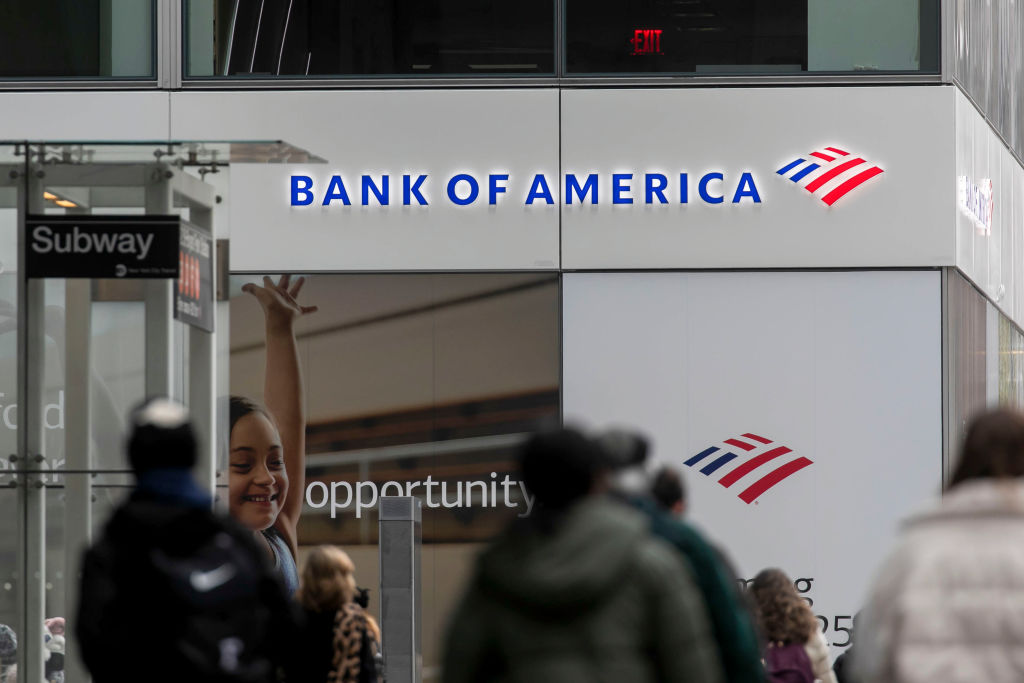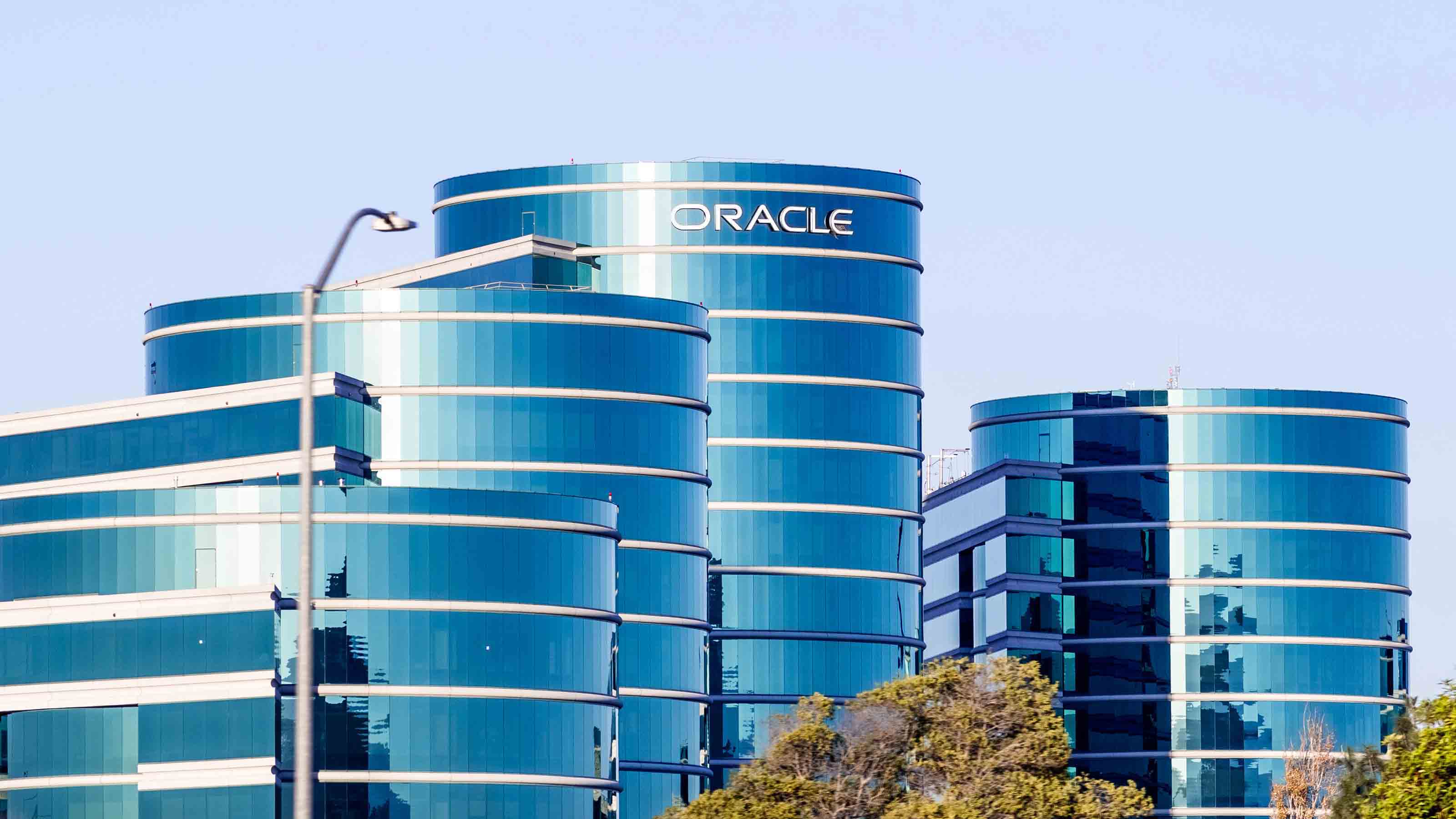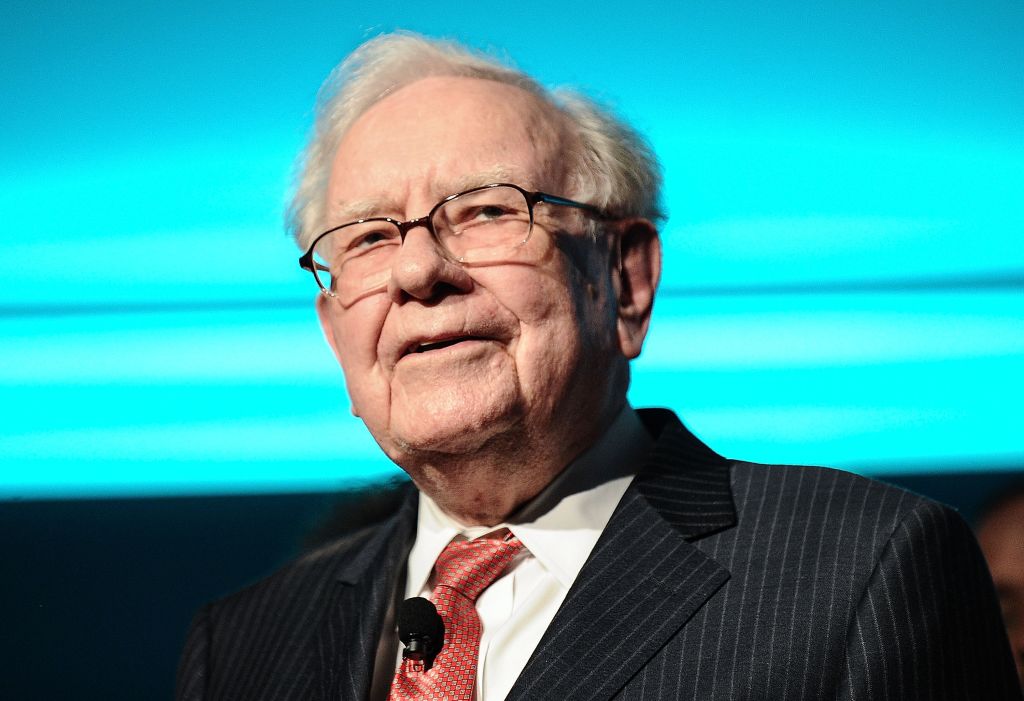5 Small Stocks Paying Big Dividends
You don’t have to limit yourself to blue chips while searching for attractive yields.

When investors think of dividends, they tend to think of big, established companies on the order of Johnson & Johnson (symbol JNJ), Procter & Gamble (PG) and even Apple (AAPL). But you might be surprised to learn that a hefty number of small-company stocks offer enticing dividends, which not only add to an investor’s total return but serve as a shield against volatility. As of the end of 2015, roughly one-third of nearly 4,200 small-capitalization stocks—defined as those with market values of $5 million to $3 billion—paid dividends, and nearly 900 delivered a yield of at least 2%, according to Royce & Associates, which runs a number of mutual funds that focus on small-company stocks. By comparison, the dividend yield of Standard & Poor’s 500-stock index, a large-company yardstick, is currently 2.2%.
Over time, dividends help deliver superior returns. From 1993 through 2015, dividend payers in the Russell 2000 index, a measure of small-company stocks, have posted annualized returns of 10.5%, compared with 7.5% for the non-dividend payers and 8.8% for the index overall. In the eight calendar years marked by declines in the Russell 2000 since 1993, companies that paid a dividend outpaced those that didn’t in six years.
The icing on the cake is that small-cap dividend-paying stocks deliver their superior returns with less volatility than the average Russell 2000 constituent. “Over the long run, small-caps have outperformed large-cap stocks,” says Jay Kaplan, manager of the Royce Small-Cap Value Fund (RYVFX). “But there’s no free lunch. Part of why that happens is that there’s more risk and volatility in small caps.” Dividends help dampen those swings.
From just $107.88 $24.99 for Kiplinger Personal Finance
Become a smarter, better informed investor. Subscribe from just $107.88 $24.99, plus get up to 4 Special Issues

Sign up for Kiplinger’s Free Newsletters
Profit and prosper with the best of expert advice on investing, taxes, retirement, personal finance and more - straight to your e-mail.
Profit and prosper with the best of expert advice - straight to your e-mail.
Income-seeking investors prospecting in the small-cap market should look for the same things all dividend investors prize: consistent and growing payouts and the financial wherewithal to continue returning cash to shareholders. Below are five small-cap dividend payers that we think hold promise. They are ranked in order of dividend yield. (Prices and related figures are as of March 14.)
New Media Investment Group (NEWM, $16.40) Ironically, New Media’s business model includes a big chunk of old media. Think local daily and weekly newspapers in small to midsize markets, including the recently acquired Monroe (Mich.) News and the Erie (Pa.) Times-News, as well as specialized publications, such as Massachusetts Lawyers Weekly. In all, the company’s assets span 461 markets in 32 states, including 552 print publications, 461 websites and 464 mobile sites. In an industry with shrinking advertising revenues, New Media’s growth comes from acquisitions, and its “secret sauce” is a talent for buying low and using economies of scale to cut costs and leverage relationships with advertisers, says Dave Wagner, manager of T. Rowe Price Small-Cap Value Fund (PRSVX). “I challenge the thesis that local news is just going to go away,” he says.
The company, which went public in 2014, has a solid balance sheet and has already raised the quarterly dividend twice. With an annual dividend rate of $1.32 per share, the stock yields an eye-popping 8.0%. Wagner thinks the company is conservatively financed and that the dividend payout is not a burden, but other analysts worry that New Media may have to trim the payout. “We are skeptical that the company will maintain such a rich dividend,” says Adam Platt, an analyst for the ValueLine Investment Survey. But “even if cut in half, the dividend should reward investors handsomely.”
Moelis & Co. (MC, $26.78) Moelis, which went public in 2014, provides investment banking advisory services, much of it on mergers and acquisitions deals. That business has hit a rough patch, with capital markets becoming more volatile and financing costs growing more expensive, in particular for issuers of low-rated bonds. “The market is worried about the sustainability of the M&A cycle, and that’s a legitimate concern,” says Kaplan, whose fund owns the stock. He says the market isn’t giving the company enough credit for its strong position advising troubled companies on debt restructuring, bankruptcies and turnarounds—an area that’s starting to pick up, given the struggles in the energy sector and high-yield bond issuers. Investment banking requires little capital investment and generates a lot of cash, which the company has vowed to return to shareholders. Indeed, Moelis paid a special dividend in 2014 and 2015; the extra payout last year was 80 cents per share. Based on the regular payout rate of $1.20 per share, the stock yields 4.5%.
DSW Inc. (DSW, $27.49) Customers shop at DSW’s stores for bargains on high-fashion shoes. But the stock is on sale now for patient investors willing to wait out a temporary earnings slump. “Wall Street hates DSW right now,” says Kaplan, who nonetheless recommends the stock. There hasn’t been a hot new fashion trend in shoes for a while, he says, and last year’s warm Christmas season was terrible for boot sales. DSW has also struggled to integrate its online, mobile and in-store shopping experience. Earnings per share fell 13% in the fiscal year that ended in January, compared with the year before. But analysts estimate 7% growth for the year that ends in January 2017. “It’s a high-quality company that’s out of favor,” says Kaplan, who is confident that the business can right itself—as are DSW executives, who’ve been buying the stock. “Christmas will come again, and you get a nice dividend while you wait,” says Kaplan. The company pays out at an annual rate of 80 cents per share, giving the stock a 2.9% yield.
Herman Miller (MLHR, $28.11) The company famous for the iconic Aeron office chair — on exhibit in the Museum of Modern Art’s permanent collection—will benefit from increasing business orders in the U.S. as employment levels rise and office vacancy rates decrease. Trade association forecasts project that sales of office furniture to U.S. customers will reach $13.4 billion in 2016, up 4% from 2015, and 14.4 billion in 2017, a 7% gain. The stock trades at 12 times estimated earnings of $2.27 per share for the fiscal year that ends in May 2017. That’s below Miller’s three-year average price-earnings ratio of 15, closer to where the stock’s P/E should be, says S&P/Capital IQ. Herman Miller has paid dividends regularly since 1970. The current annual payout rate of 59 cents a share accounts for just 29% of expected earnings for the fiscal year that ends this May. The stock yields 2.1%.
Badger Meter (BMI, $66.61) Badger is a leading manufacturer of water meters, serving water utilities, municipalities and commercial customers. Its products also measure oil, chemicals and other fluids. The outlook is bright for Badger, the technological industry leader, as more utilities switch to metered service and others upgrade to automated, networked meter systems in order to increase efficiency. Badger announced in February that it won a three-year contract to supply meters to American Water (AWK), a water utility that serves 15 million people in 47 states and Canada. Analysts expect earnings per share to increase 25% in 2016 and 16% in 2017, and the stock’s lofty P/E, 30 based on expected 2016 earnings, reflects those healthy growth prospects. Badger has paid dividends every year since 1971, with increases in each of the past 23 years. T. Rowe Price’s Wagner says investors can expect that dividend growth to continue. The stock yields 1.2%.
Profit and prosper with the best of Kiplinger's advice on investing, taxes, retirement, personal finance and much more. Delivered daily. Enter your email in the box and click Sign Me Up.

Anne Kates Smith brings Wall Street to Main Street, with decades of experience covering investments and personal finance for real people trying to navigate fast-changing markets, preserve financial security or plan for the future. She oversees the magazine's investing coverage, authors Kiplinger’s biannual stock-market outlooks and writes the "Your Mind and Your Money" column, a take on behavioral finance and how investors can get out of their own way. Smith began her journalism career as a writer and columnist for USA Today. Prior to joining Kiplinger, she was a senior editor at U.S. News & World Report and a contributing columnist for TheStreet. Smith is a graduate of St. John's College in Annapolis, Md., the third-oldest college in America.
-
 Nasdaq Leads as Tech Stages Late-Week Comeback: Stock Market Today
Nasdaq Leads as Tech Stages Late-Week Comeback: Stock Market TodayOracle stock boosted the tech sector on Friday after the company became co-owner of TikTok's U.S. operations.
-
 Disney’s Risky Acceptance of AI Videos
Disney’s Risky Acceptance of AI VideosThe Kiplinger Letter Disney will let fans run wild with AI-generated videos of its top characters. The move highlights the uneasy partnership between AI companies and Hollywood.
-
 Ask the Editor: Itemized Deductions
Ask the Editor: Itemized DeductionsAsk the Editor In this week's Ask the Editor Q&A, Joy Taylor answers questions on itemized deductions claimed on Schedule A of Form 1040
-
 If You'd Put $1,000 Into Coca-Cola Stock 20 Years Ago, Here's What You'd Have Today
If You'd Put $1,000 Into Coca-Cola Stock 20 Years Ago, Here's What You'd Have TodayEven with its reliable dividend growth and generous stock buybacks, Coca-Cola has underperformed the broad market in the long term.
-
 If You Put $1,000 into Qualcomm Stock 20 Years Ago, Here's What You Would Have Today
If You Put $1,000 into Qualcomm Stock 20 Years Ago, Here's What You Would Have TodayQualcomm stock has been a big disappointment for truly long-term investors.
-
 If You'd Put $1,000 Into Home Depot Stock 20 Years Ago, Here's What You'd Have Today
If You'd Put $1,000 Into Home Depot Stock 20 Years Ago, Here's What You'd Have TodayHome Depot stock has been a buy-and-hold banger for truly long-term investors.
-
 If You'd Put $1,000 Into Bank of America Stock 20 Years Ago, Here's What You'd Have Today
If You'd Put $1,000 Into Bank of America Stock 20 Years Ago, Here's What You'd Have TodayBank of America stock has been a massive buy-and-hold bust.
-

 If You'd Put $1,000 Into Oracle Stock 20 Years Ago, Here's What You'd Have Today
If You'd Put $1,000 Into Oracle Stock 20 Years Ago, Here's What You'd Have TodayORCL Oracle stock has been an outstanding buy-and-hold bet for decades.
-
 If You'd Put $1,000 Into Sherwin-Williams Stock 20 Years Ago, Here's What You'd Have Today
If You'd Put $1,000 Into Sherwin-Williams Stock 20 Years Ago, Here's What You'd Have TodaySherwin-Williams stock has clobbered the broader market by a wide margin for a long time.
-
 If You'd Put $1,000 Into UnitedHealth Group Stock 20 Years Ago, Here's What You'd Have Today
If You'd Put $1,000 Into UnitedHealth Group Stock 20 Years Ago, Here's What You'd Have TodayUNH stock was a massive market beater for ages — until it wasn't.
-
 If You'd Put $1,000 Into Berkshire Hathaway Stock 20 Years Ago, Here's What You'd Have Today
If You'd Put $1,000 Into Berkshire Hathaway Stock 20 Years Ago, Here's What You'd Have TodayBerkshire Hathaway is a long-time market beater, but the easy money in BRK.B has already been made.